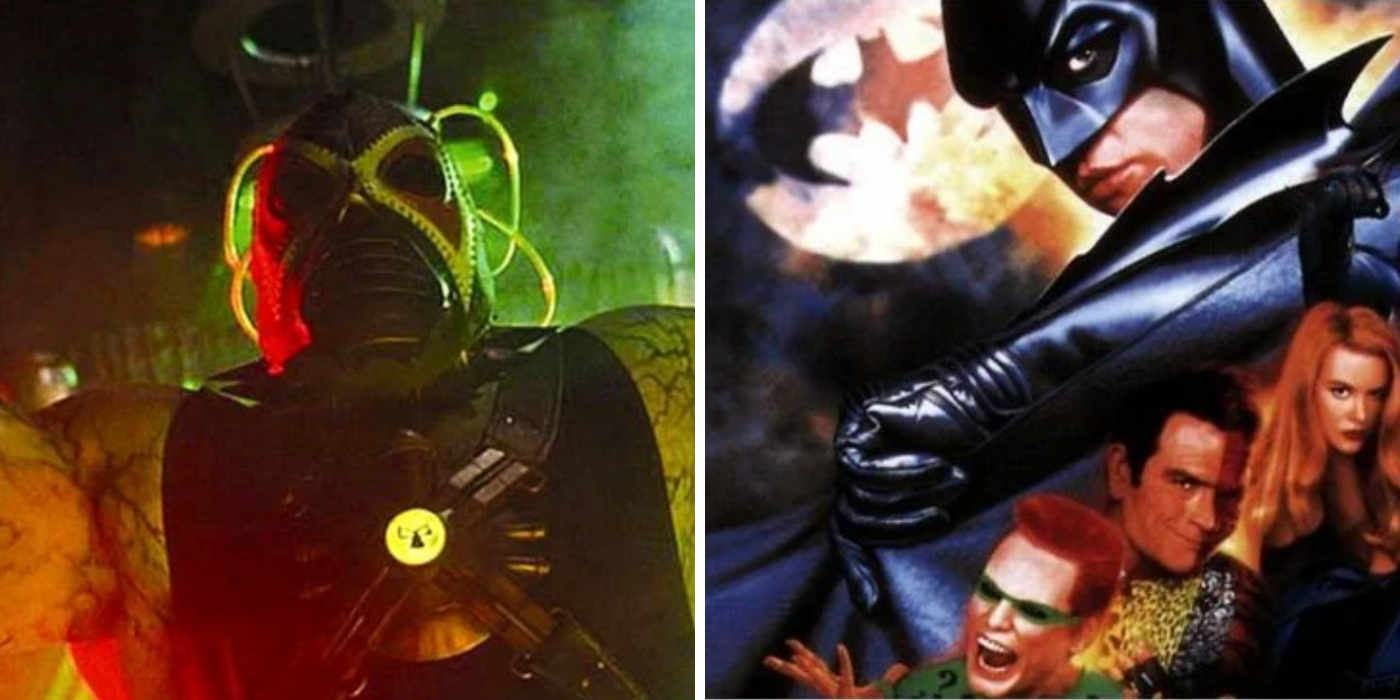
Batman has always been one of the biggest characters in modern pop culture and the success of 1989's Batman proved that. The movie was a phenomenon and its sequel followed suit. Both of these movies were directed by Tim Burton but he would leave before the third and be replaced by Joel Schumacher and the rest, as they say, is history. While Batman Forever and Batman And Robin aren't among the number of must-watch DC movies, they have their strengths.
Schumacher took a different approach to Batman, one that is very different from the darker approach that others took, and made changes to the formula, both with the character and this particular movie franchise in general.
10 His Design Aesthetic Was Very Different
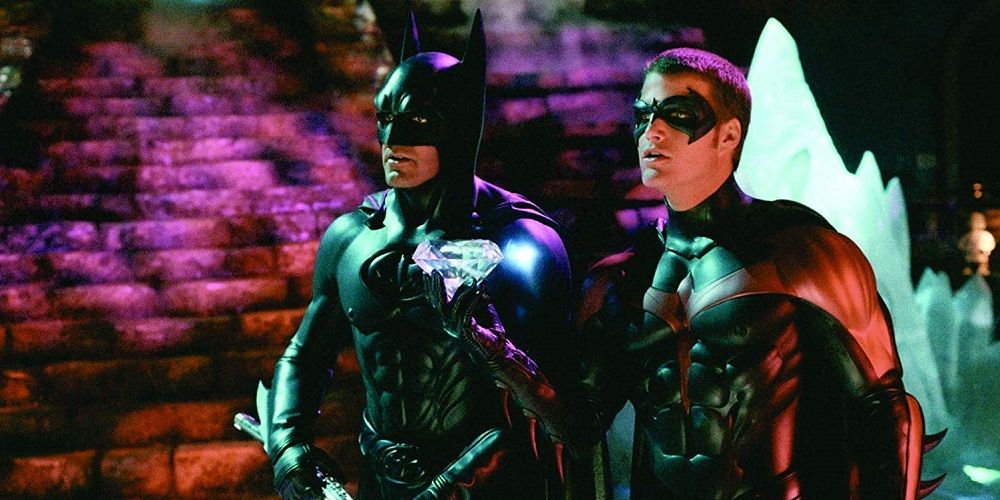
Tim Burton has a very particular design style and it was all over the place in his Batman movies. The whole thing was dark and gothic and the fact that he used sound stages instead of filming on location for many of the city scenes made the whole thing that much darker and claustrophobic, really playing into Gotham as one of the most dangerous cities in the world.
Schumacher kept using sound stages and many of the architectural flourishes of Burton's Gotham but also added a Day-Glo aesthetic to the whole thing. There were still touches of gothic but gothic filtered through a neon lens, like the world's weirdest goth club.
9 Two Words: Bat-Nipples
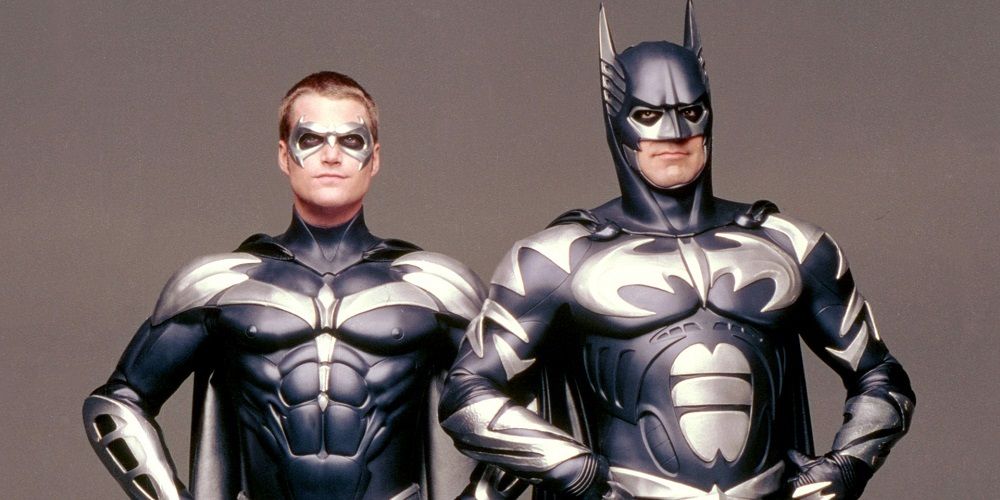
1989's Batman started a whole new aesthetic in superhero movie costume design, using molded plastic to bring the extreme physique of superheroes to life. It's something that pretty much every superhero since has done in some way, shape, or form. Schumacher, though, took the whole thing to its logical conclusion —he added nipples to Batman and Robin's suits.
It makes sense in a weird way —the costumes were representative of a "perfect" human physique, so why wouldn't they have nipples? The minor hubbub the whole thing caused at the time was a bit entertaining, especially from critics who said he was trying to sexualize Batman. In the end, it was just another interesting part of his Batman movies.
8 The Less Said About His Bane, The Better

Bane in the comics is one of Batman's most terrifying villains —a strong, skilled, and smart combatant who beats Batman mentally before beating him physically. He's a great villain and his breaking of Batman in the comics made him a big-name villain in the '90s. This got him placed into Batman And Robin and they got him completely wrong.
Schumacher's Bane was nothing like the comic version; he was just a giant monster of a man, not the articulate and dangerous challenge of the comic version. It was a fundamental misunderstanding of the character and hurt how the general public saw him.
7 All Of His Villains Were Fairly Ridiculous
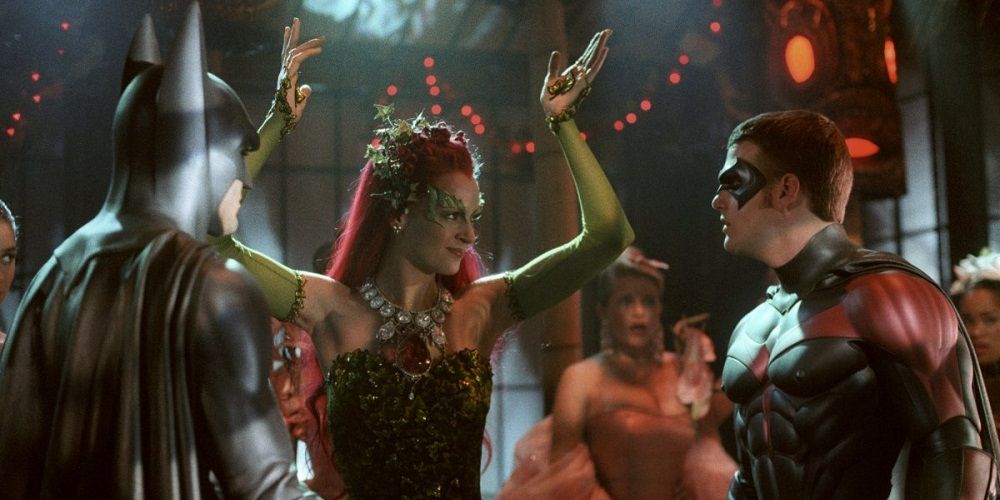
There were always aspects of camp to the Burton's Batman movies but Schumacher took it to the next level in a lot of ways, especially with the villains. In Burton's movies, Joker, Penguin, and Catwoman weren't always deadly serious, but there was an edge to them still. In Schumacher's movies, the villains were pretty much all humor, all the time.
This wasn't a terrible approach but it did feel a bit weird at times. Two-Face and Riddler both played more Joker-esque versions of the characters, Mr. Freeze's ice puns were a work of art, and Poison Ivy was all jokey sex appeal. They all have their charm but it could be a bit off-putting.
6 The Villains' Schemes Got A Whole Lot More Cartoon-y
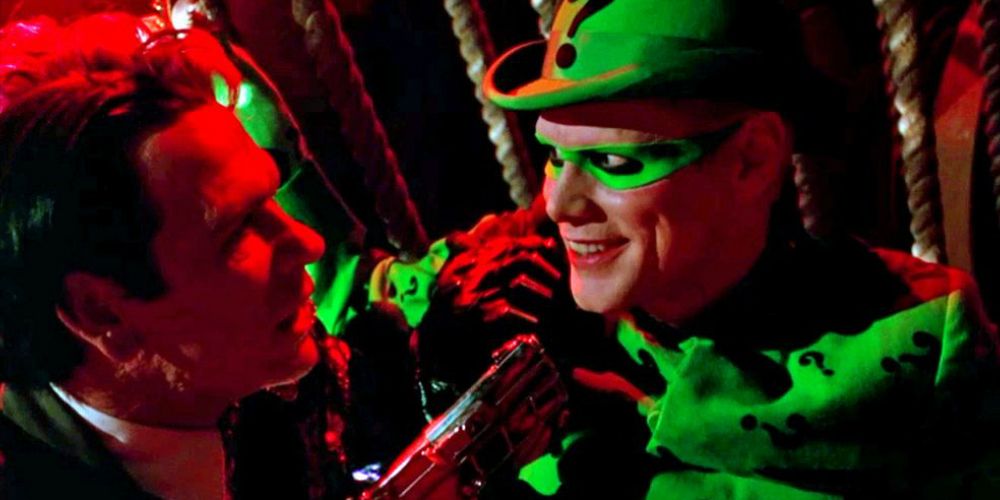
While Burton's movies weren't paragons of serious superhero drama, the villains' schemes made sense; Joker wanted to be the top gangster in the city; Penguin wanted power; Catwoman wanted revenge. These were all pretty grounded in reality as far as it went, or as close as reality as a Batman movie could get.
Schumacher's movies eschewed this approach, taking things in an entirely different direction. Riddler's machines allow him to steal knowledge directly from people's brains and Mr. Freeze wants to freeze the entirety of Gotham City. The plots became a lot more cartoon-y in Schumacher's films.
5 He Introduced Batgirl
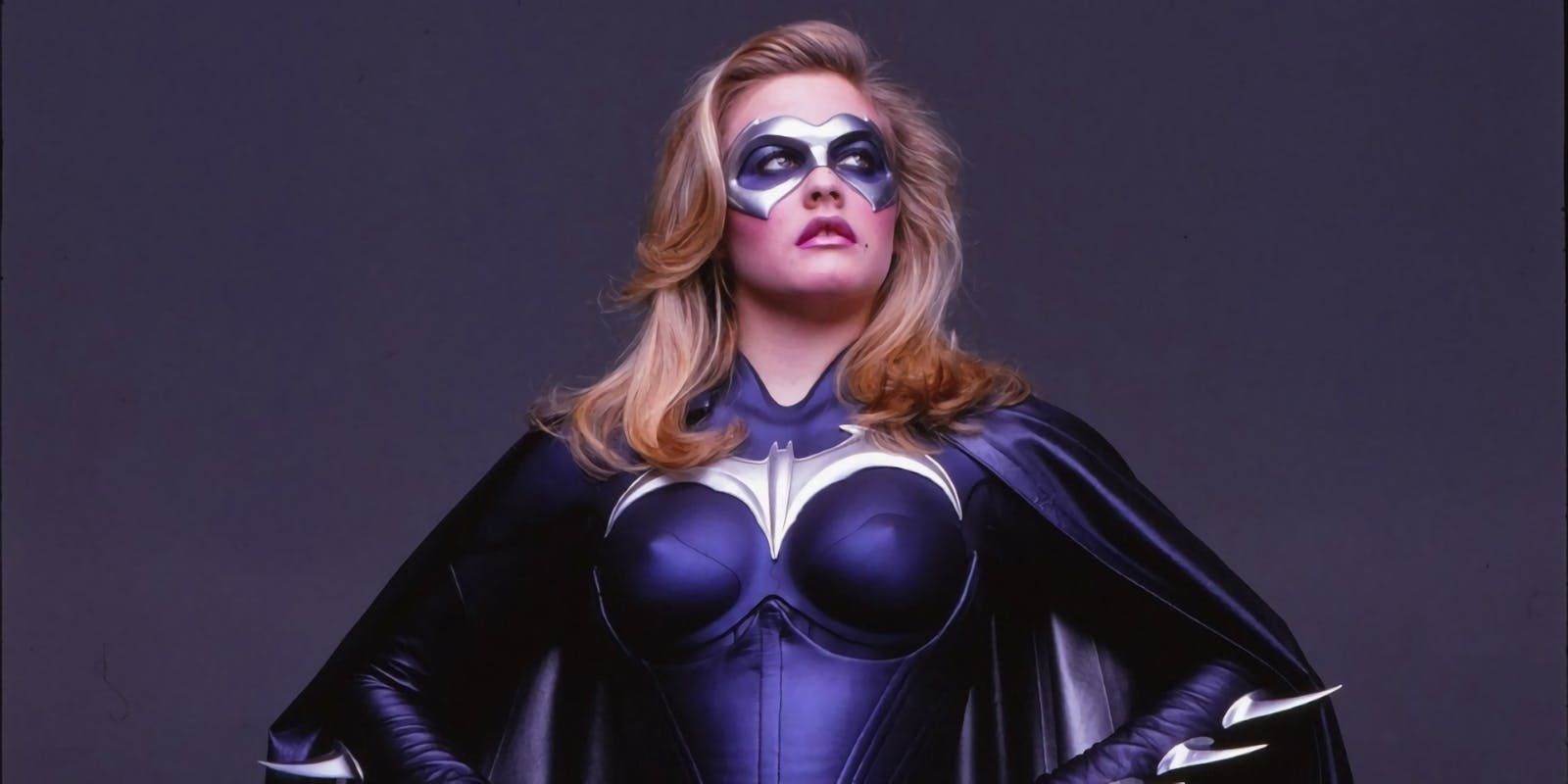
Batgirl has played a large part of the Batman mythos for years and she finally got her chance to shine on the big screen in Schumacher's Batman And Robin. While Batgirl was a fondly remembered part of the '60s' Batman TV show, she hadn't been seen in the comics since The Killing Joke and was being played by '90s wunderkind Alicia Silverstone, so anticipation was high for her debut.
The character was pretty well done in the movie. Silverstone was charming and had just the right amount of toughness for the part. She held her own with a whole bunch of scenery-chewing actors and was a fun part of the movie.
4 He Introduced Robin
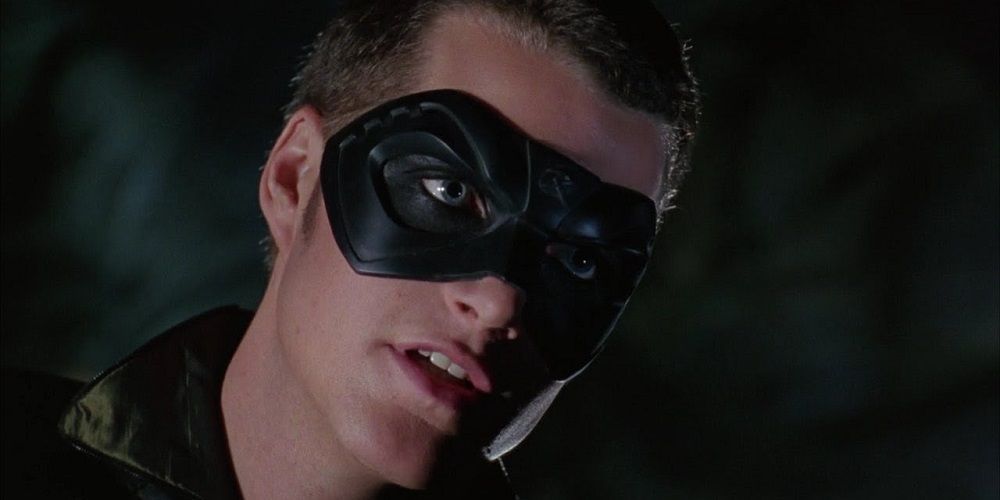
There are few more important characters in the Batman mythos than Robin. Dick Grayson's role in Batman's life was crucial and opened the door for what is today known as the Bat-family, the extended network of heroes who work with Batman. Schumacher introduced the character in Batman Forever, casting Chris O'Donnell as the Boy Wonder.
O'Donnell's Dick Grayson is different from other versions of the character —for one thing, he's older and he's got that teen edginess that was all the rage in the '90s. He was an interesting foil to Batman and had some good character development between the two movies.
3 His Bruce Wayne Was Very Different
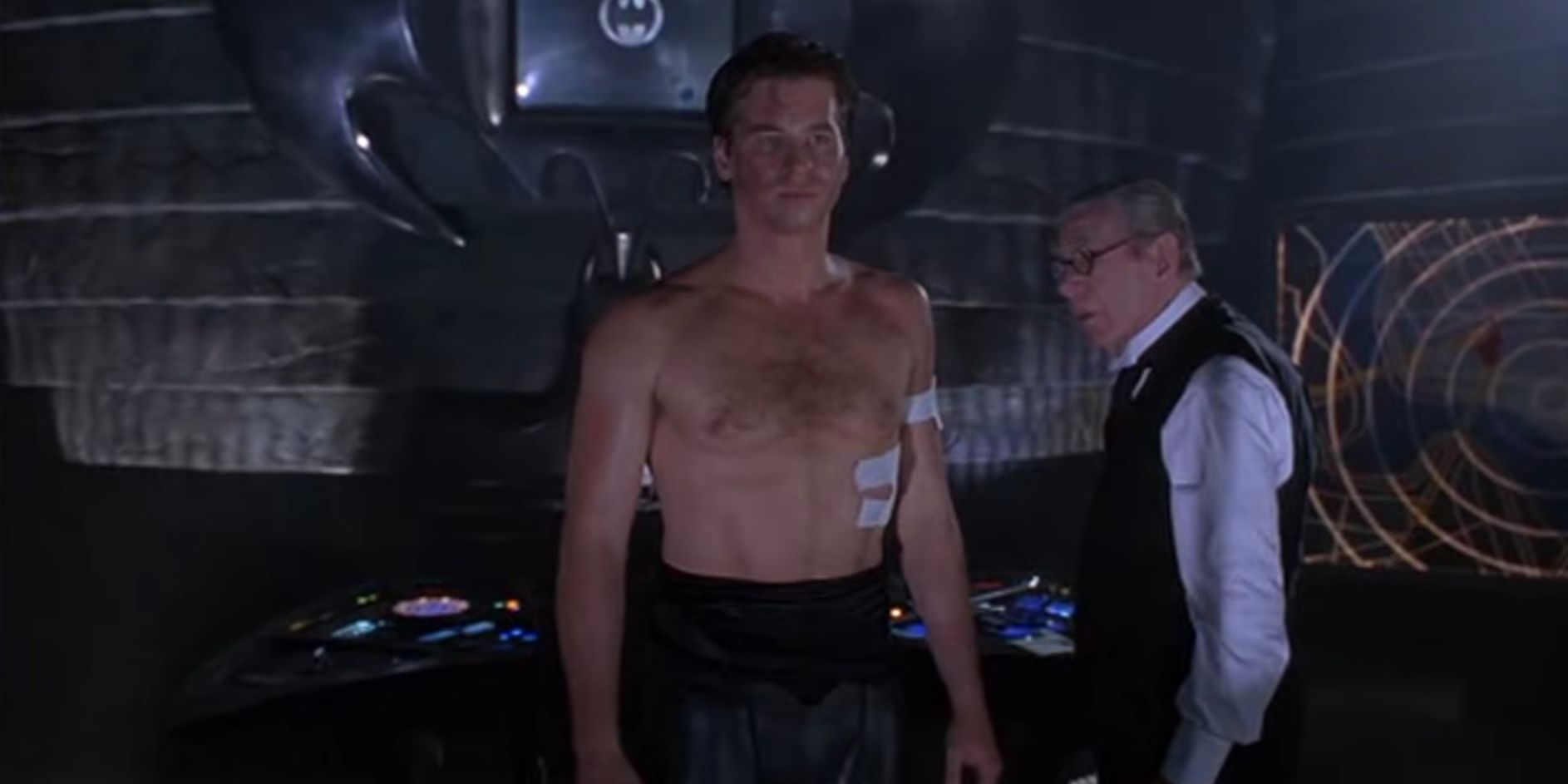
In Burton's two Batman movies, he had Michael Keaton playing the titular role and the actor did a much better job than anyone would have suspected. His Batman was intense and he brought a certain charm to Bruce Wayne, one that broke through the often serious nature of the character. Schumacher worked with two different actors, Val Kilmer and George Clooney, as Batman/Bruce Wayne and his Bruce was very different.
Beyond the differing tone of the films, Kilmer and Clooney both played Batman in different ways. Many of the traits that Keaton had brought to the character were gone and the whole thing was uneven at best, although Clooney seemed like he was having more fun with the role.
2 Humor Was King In Schumacher's Movies
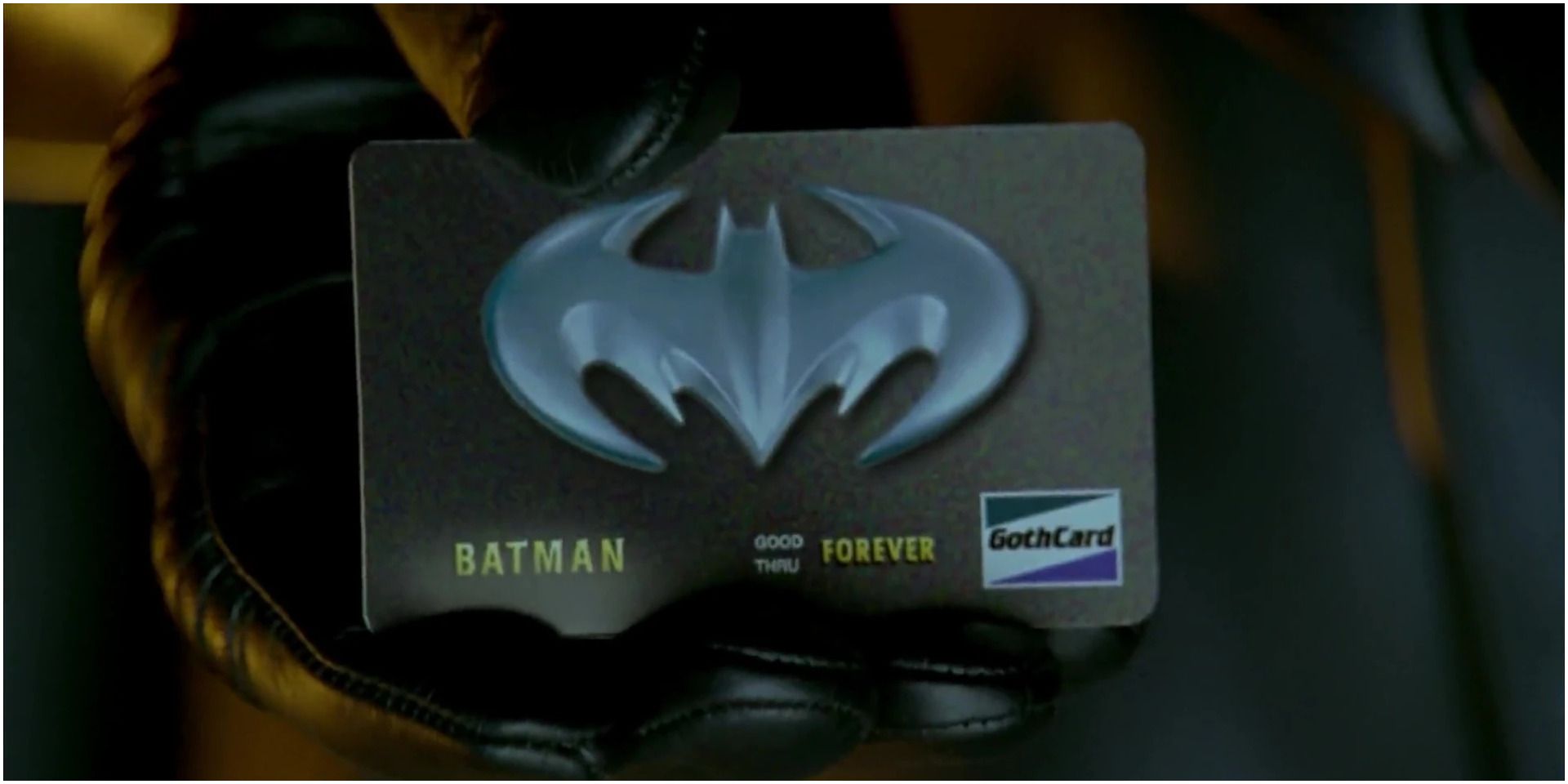
Batman is such a serious character that it's easy to forget how faintly ridiculous the whole thing could be. This is often ignored by movie makers and they make Batman and his world uber-serious. Schumacher eschewed all of that, whether it be the villains' sometimes overly comedic plans and mannerisms or Batman and Robin quipping at each other.
Years before the MCU built their entire dialogue style on superheroes and villains making jokes at each other, Schumacher started the whole trend. Sure, his Batman films could stray into the absurd, but his approach would be taken and expanded on in the future.
1 Bringing Campy Back
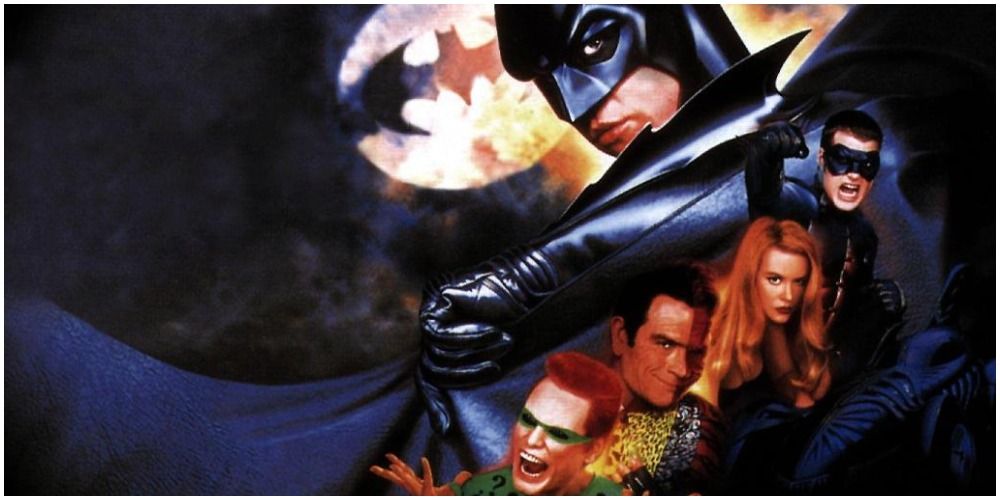
Joel Schumacher's films were widely derided, especially Batman And Robin, and led to superhero movies going away for a time. However, Schumacher's approach, while not entirely comic accurate, wasn't bad —it was what worked on the '60s Batman show. Schumacher was putting the camp back into Batman and fans have come around to the films in recent years.
While they aren't always "good," they're stylistically interesting and are sort of a stepping stone to what superhero cinema would become. Schumacher wasn't making the action epics of today, but his Batman movies combined humor, heart, and a great aesthetic, three things that would inform the superhero films of today.
0 Comments